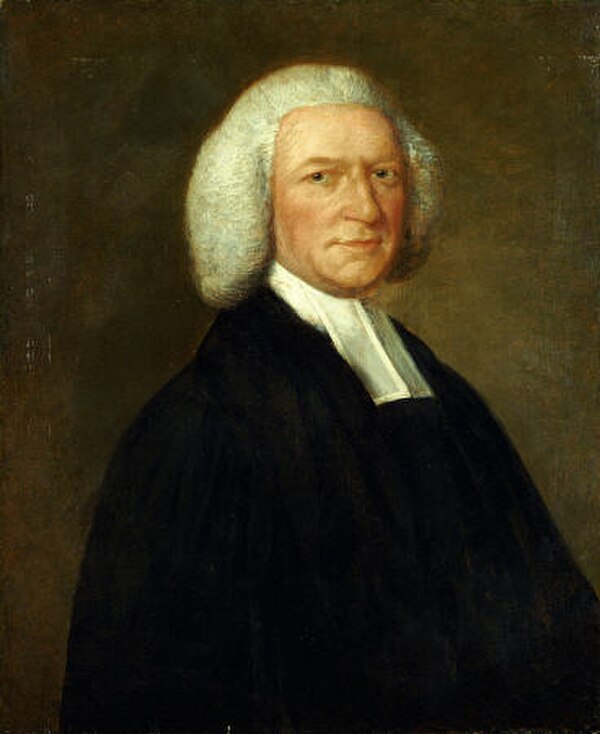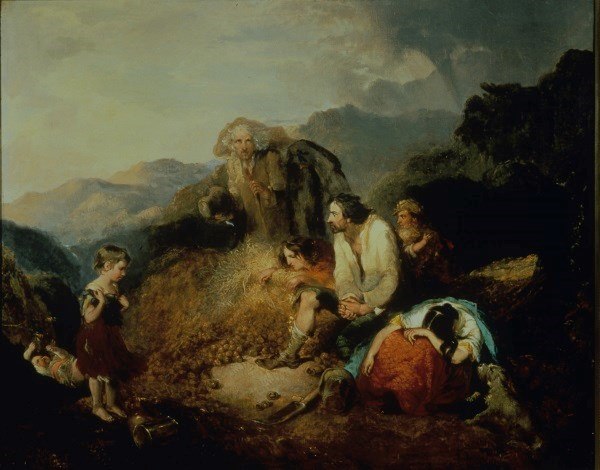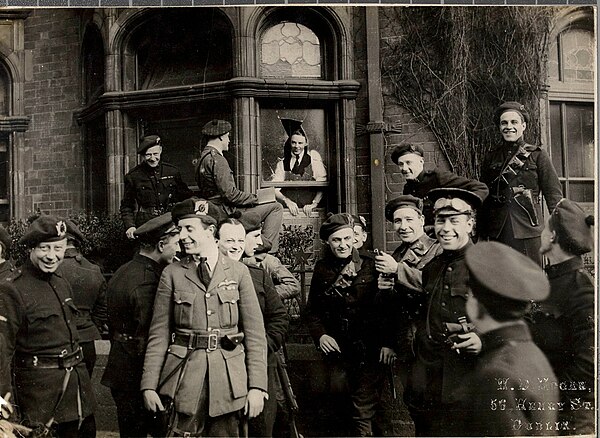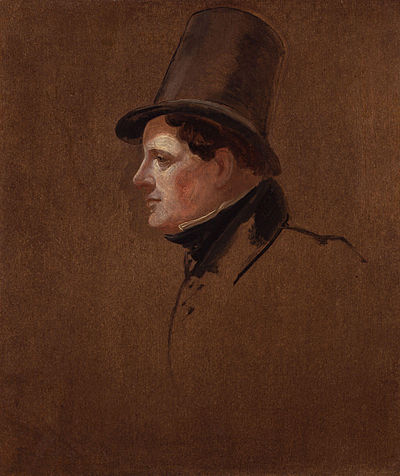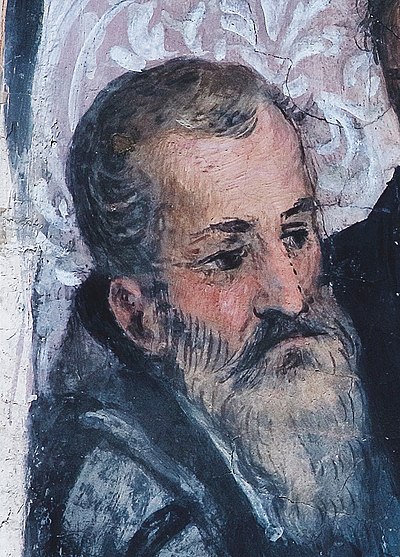
History of Ireland
Human presence in Ireland dates back to around 33,000 years ago, with evidence of Homo sapiens from 10,500 to 7,000 BCE. The receding ice after the Younger Dryas around 9700 BCE marked the beginning of prehistoric Ireland, transitioning through the Mesolithic, Neolithic, Copper Age, and Bronze Age, culminating in the Iron Age by 600 BCE. The La Tène culture arrived around 300 BCE, influencing Irish society.
By the late 4th century CE, Christianity began to replace Celtic polytheism, transforming Irish culture. Vikings arrived in the late 8th century, founding towns and trading posts. Despite the Battle of Clontarf in 1014 curtailing Viking power, Gaelic culture remained dominant. The Norman invasion in 1169 initiated centuries of English involvement. The English control expanded after the Wars of the Roses, but the Gaelic resurgence confined them to areas around Dublin. Henry VIII’s proclamation as King of Ireland in 1541 began the Tudor conquest, marked by resistance to Protestant reforms and ongoing warfare, including the Desmond Rebellions and the Nine Years' War. The defeat at Kinsale in 1601 marked the end of Gaelic dominance.
The 17th century saw intensified conflict between Protestant landholders and the Catholic majority, culminating in wars such as the Irish Confederate Wars and the Williamite War. In 1801, Ireland was incorporated into the United Kingdom. Catholic Emancipation came in 1829. The Great Famine from 1845 to 1852 caused over a million deaths and mass emigration. The 1916 Easter Rising led to the Irish War of Independence, resulting in the 1922 establishment of the Irish Free State, with Northern Ireland remaining part of the UK. The Troubles in Northern Ireland, starting in the late 1960s, were marked by sectarian violence until the Good Friday Agreement in 1998, which brought a fragile but lasting peace.





















